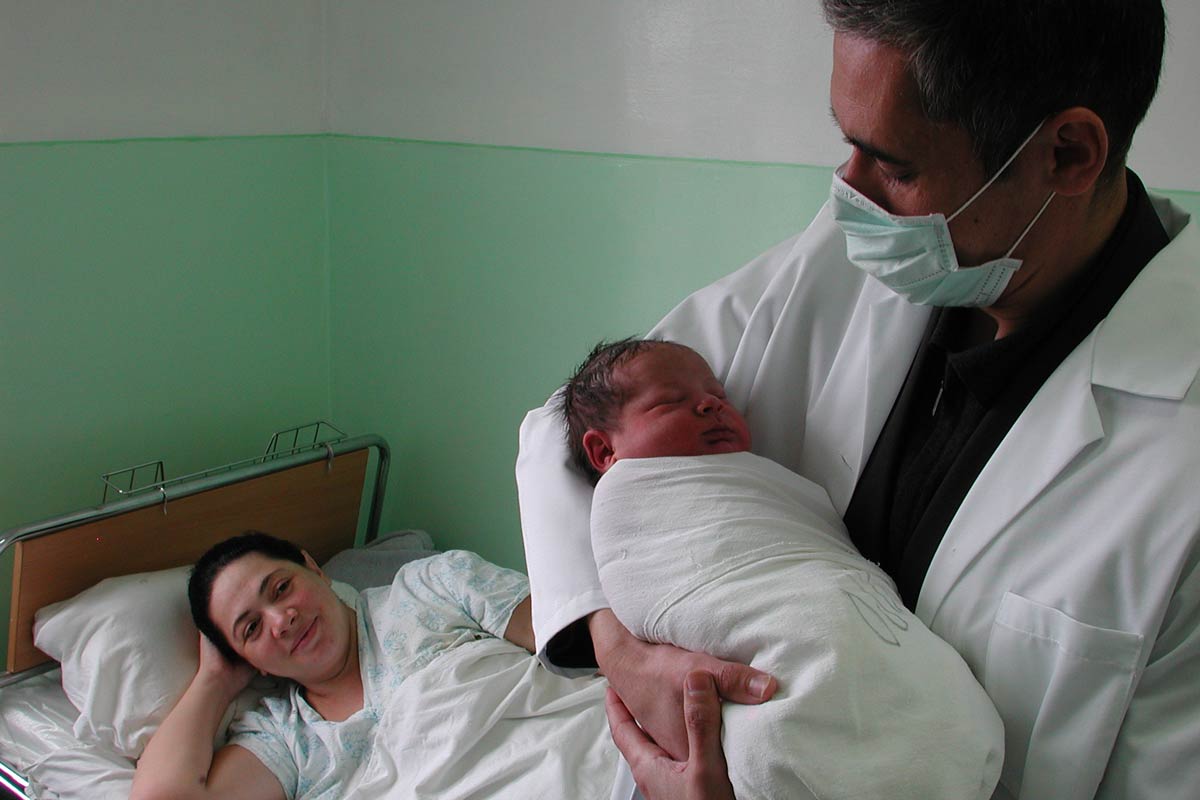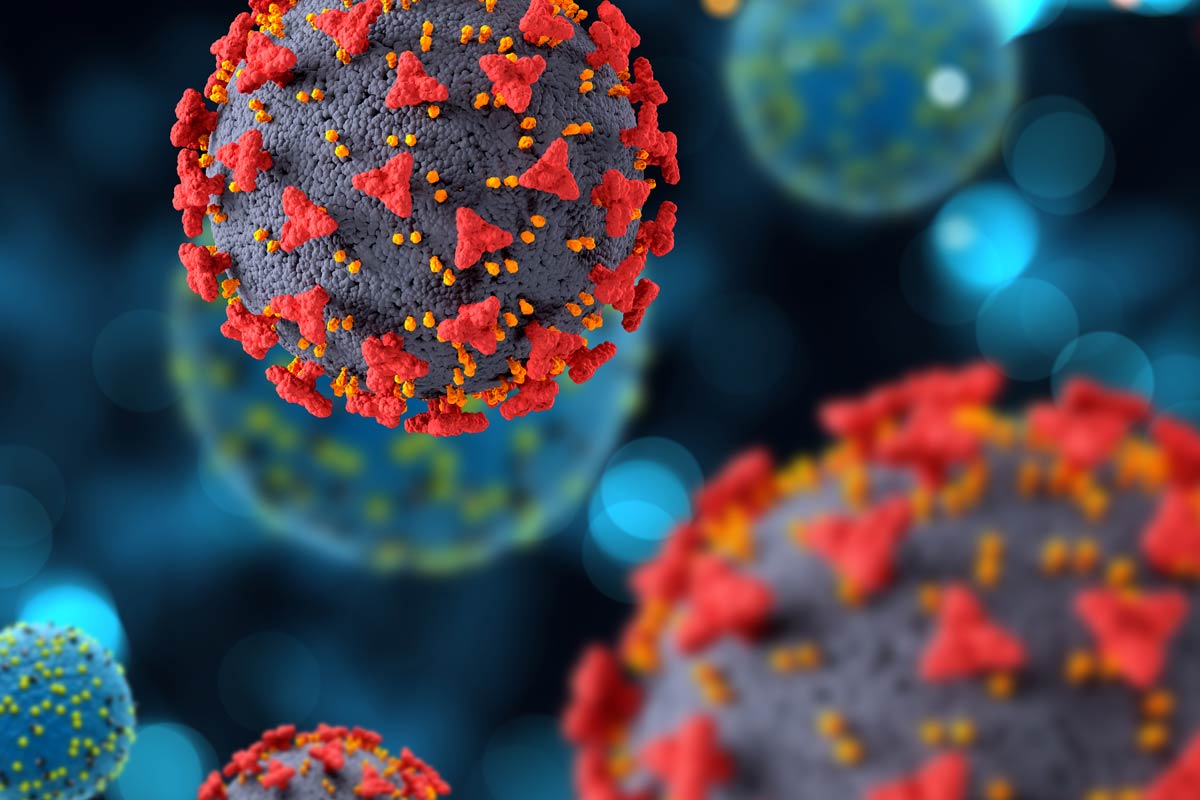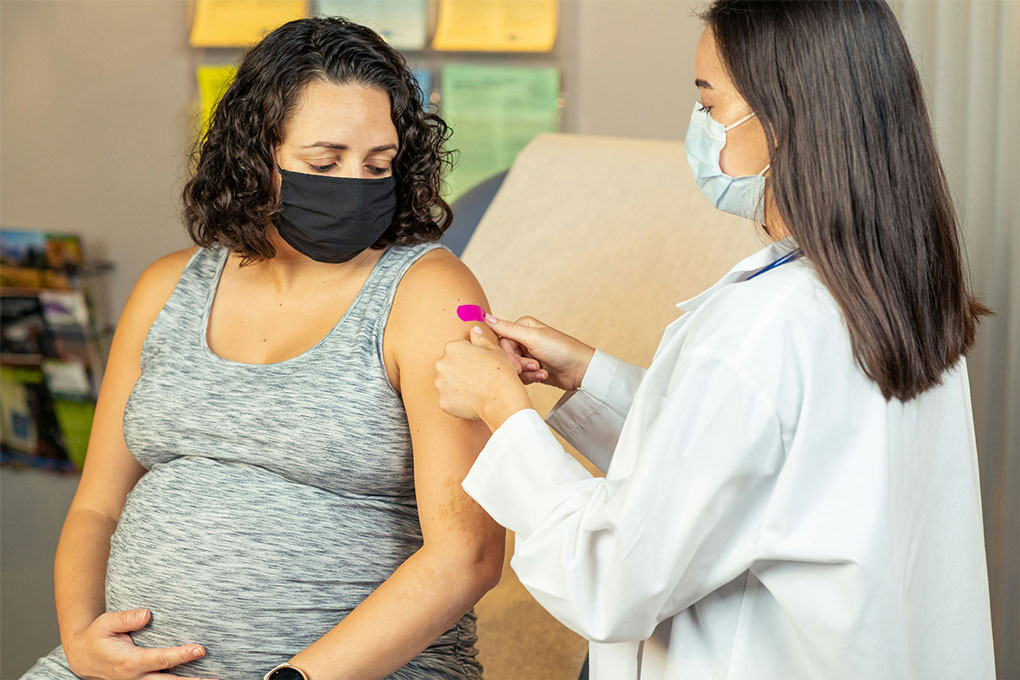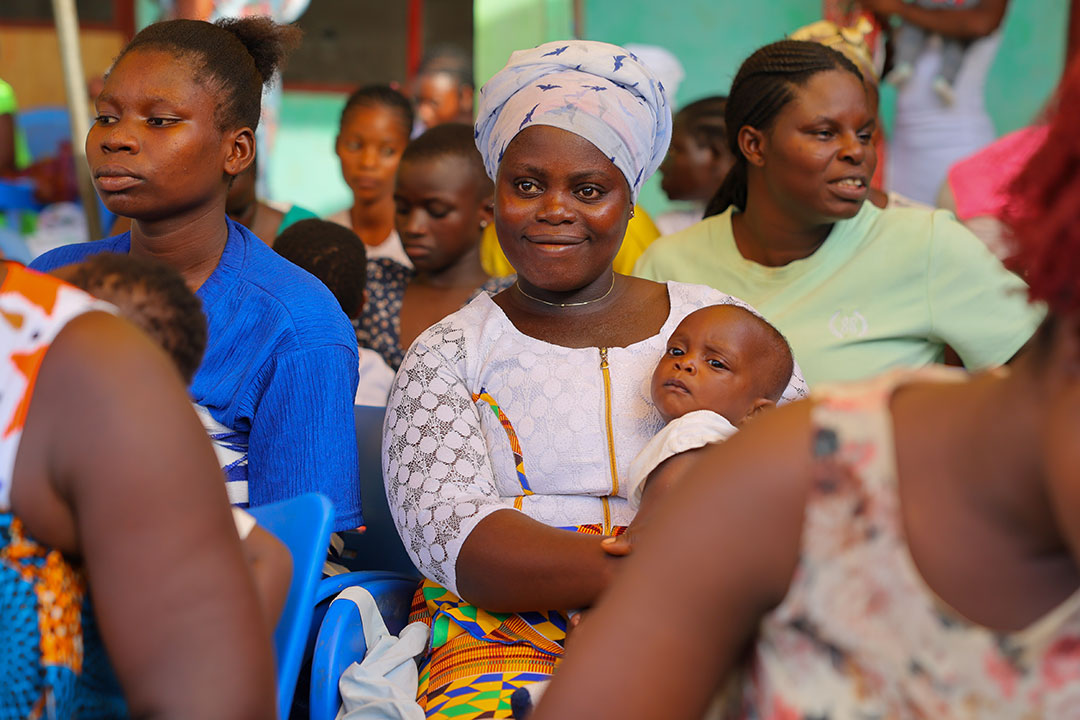No more second shots: a step towards self-boosting vaccines
Scientists are designing microparticles that could deliver vaccines at predefined times after they’ve been injected.
- 6 June 2025
- 4 min read
- by Linda Geddes
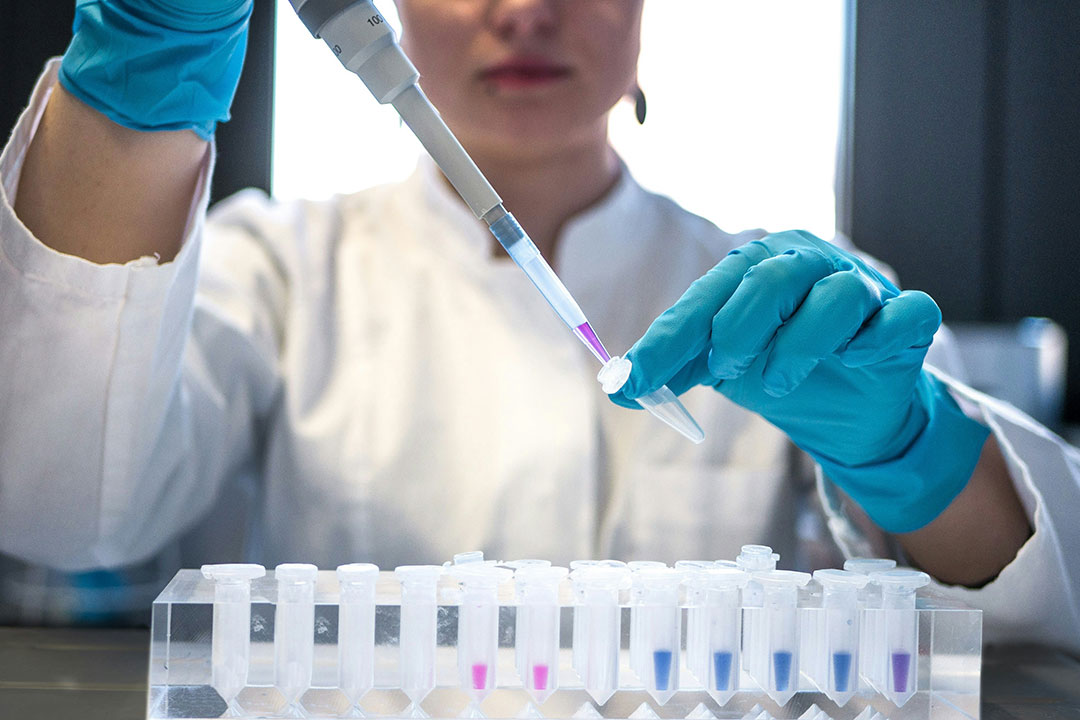
Immunisation is one of the most effective public health interventions going. Yet, around the world, millions of children are not fully immunised, putting them at risk of preventable disability and death.
One issue is that many vaccines require more than one dose to be fully effective, and many children around the world receive one dose in the recommended vaccination schedule, however various logistical, economic, educational and cultural challenges mean that they don’t receive the remaining doses.
To make it easier for children to receive all their vaccines, scientists are trying to develop microparticles that release their payload weeks or months after being injected.
In a paper published in the journal Advanced Materials, researchers at Massachusetts Institute of Technology (MIT) in Cambridge, US, showed that they could use these particles to deliver two doses of diphtheria vaccine to mice, with one released immediately, and the second two weeks later.
Although the work is still at an early stage, this could eventually lead to self-boosting vaccines that help many more children to be fully protected against disease.
“The long-term goal of this work is to develop vaccines that make immunisation more accessible – especially for children living in areas where it’s difficult to reach health care facilities,” said Dr Ana Jaklenec at MIT’s Koch Institute for Integrative Cancer Research, who supervised the research.
“This includes rural regions of the United States as well as parts of the developing world where infrastructure and medical clinics are limited.”
Under-immunised children
In 2023, some 15.6 million children in lower-income countries were under-immunised, meaning they hadn’t received all three doses of essential diphtheria, tetanus and pertussis-containing (DTP) vaccine by the end of their first year of life.
Of these, 11 million received no doses of DTP – so-called zero-dose children. A further 4.6 million had received their first, but not their third dose – meaning they were still vulnerable to these deadly diseases.
Globally, there were 21 million under-immunised and 14.5 million zero-dose children in 2023.

Over the past decade, Jaklenec and colleagues at MIT have been working on vaccine delivery particles made from a polymer called PLGA. In 2018, they showed they could use these particles to deliver two doses of the polio vaccine, which were released about 25 days apart.
However, like many clever ideas, this one came with a catch. As the PLGA particles slowly broke down inside the body, their immediate environment became quite acidic, which risked degrading the very vaccine they were meant to protect.
Have you read?
To sidestep this issue, the team has been exploring alternative materials, including a different type of polymer called polyanhydride, which breaks down more gently, and which was the focus of this latest study.
After testing various formulations, they set about moulding these materials into tiny cup-like particles, which they filled with vaccine and sealed with a polymer lid.
Polyanhydrides that proved too brittle or didn’t seal completely were eliminated from the pool, leaving six top candidates.
The team then used these candidates to design particles that could release a second dose of diphtheria vaccine two weeks after injection. When tested in mice, the results were encouraging: a single shot delivered in this way produced an immune response comparable to the traditional two-dose regimen.
The researchers now hope to extend those intervals, which could make the particles useful for delivering childhood vaccines that are given as several doses over a few months, such as the polio vaccine.
Self-boosting vaccines
To better understand the factors that influence how long it takes the particles to degrade once inside the body, the researchers also built a machine-learning model that could predict the timing of vaccine release based on key factors, such as a polymer’s weight and how much vaccine each particle could hold.
Lab tests confirmed the model’s accuracy – a step towards designing particles that could release their contents, not just over weeks, but months or even years.
Such long-acting formulations could simplify the delivery of childhood vaccines that require multiple doses over several years.
“If we want to extend this to longer time points, let’s say over a month or even further, we definitely have some ways to do this, such as increasing the molecular weight or the hydrophobicity of the polymer (its ability to repel water). We can also potentially do some cross-linking,” said Dr Linzixuan (Rhoda) Zhang, the study’s lead author.
Looking ahead, the team is also interested in adapting the particles for other types of vaccines, or drugs that are sensitive to acidity and need to be given in multiple doses.
